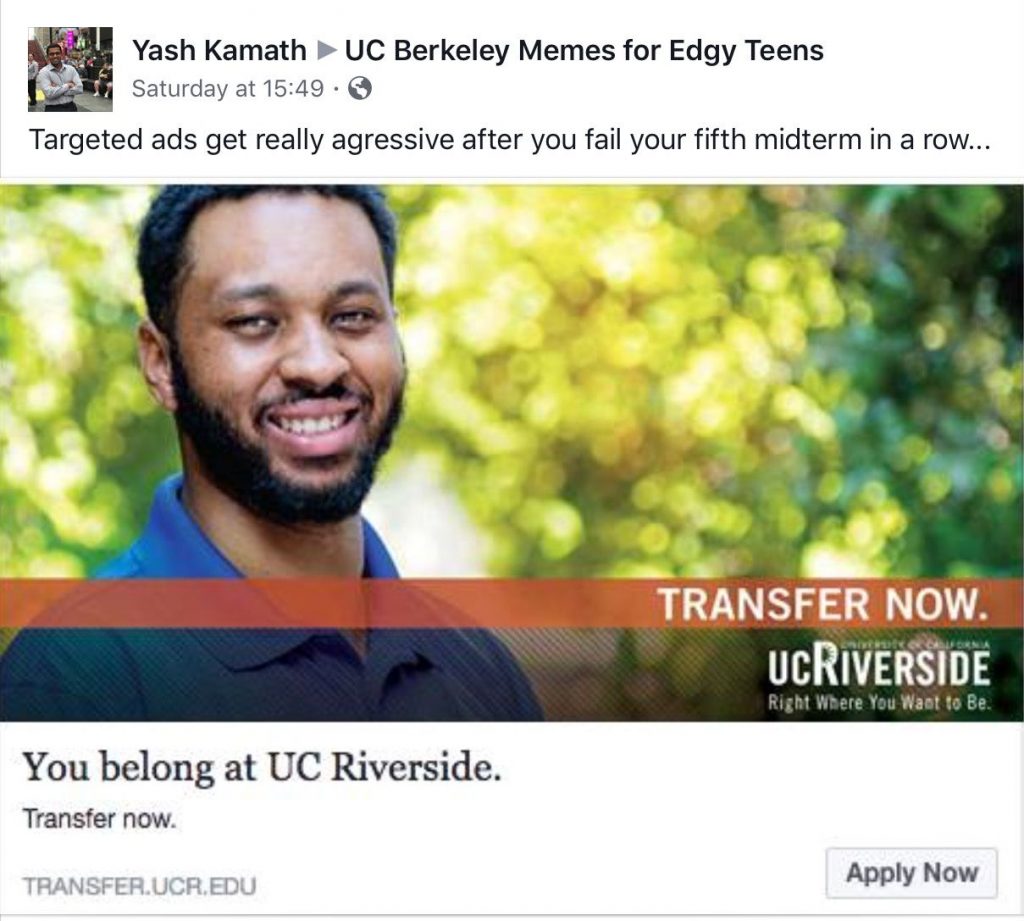I’m Going to Try to Sell You Something
“Where do you want to go for dinner?”
“What did you think of that movie?”
“I don’t know whether I should do front squats or back squats. What do you think?”
“Will you marry me?”
Every day, you have to try to sell something to someone, often dozens of times throughout the day. There may be no specific exchange of money for that sale to occur, but often it’s trying to convince someone of something or to sway their thoughts towards what you’re trying to accomplish.
The “sale” could be as simple as suggesting a restaurant for dinner or lunch, or something more complex like arguing in front of a judge on the merits of a specific case, or what I do most days of convince people that doing the workouts I’ve laid out for them will help them hit the specific goals they’re after. In each case, the person selling has to create a compelling reason for the individual looking to “buy in” to their argument, persuading them to the desired outcomes. Sometimes it works, sometimes it doesn’t, but the salesmanship never stops.
Where things tend to get murky in many people’s minds is when there’s some form of money involved in that salesmanship. Trainers specifically seem to struggle with this concept. I can’t tell you the number of very gifted trainers that I’ve had to convince to charge for their services and to actually ask for someone to pay them versus just hoping the idea magically leads to money in their bank account.

The concept of “sales” tends to make people think of greasy used car salesman, hucksters and less than ethical individuals trying to get one over on their potential clients/customers in order to make their monthly quota, however that’s simply only the very extreme of what’s involved in creating a sale or even buy in. Essentially, it comes down the the psychology of choice.
For example, a client really enjoys doing back squats, but feels like their hips hate their face every time they go heavy. I have to try to sell them on the idea of switching from back squats to front squats for a phase or two to reduce the stress of the movement on their hips while still maintaining a training effect. If they switch, they can return to back squats in a few weeks.
If I’m successful in selling this concept, they will change their workouts with 100% confidence that what I told them will help. If they don’t buy in completely but are sold enough to try it, they will grudgingly go along until they decide one day to say “screw it, I’m gonna back squat today.” If they don’t buy it, they’ll write off my suggestion and keep doing back squats.
The client has the choice to value my input based on their specific goals, experiences, and the weight they put in my opinion. This is one reason why cold-calls or walk-ins can be somewhat difficult to sell, they haven’t developed any idea of the value of your expertise in the situation they’re involved in. Whereas if someone is coming in from a very strong referral (best friend who raves about you and your ability, medical referral, or strong online reviews), they’ve already usually crossed that bridge, making it now only about applying your advice to their goal and framing it to their experiences.
The more someone values you’re expertise in an area, the more likely they are to buy in to what you are saying about the specific topic in which you have that expertise. If a lawyer specializes in a certain type of law, you’ll (hopefully) trust their advice on that subject considerably more than a family member who just watches cable news. This doesn’t mean they won’t have the likelihood of being wrong, or have less than ethical desires, but the chances of them delivering the wrong advice are less than those without the same expertise.
Using the earlier example of the client and their squat, let’s say I’m sitting down with someone for the first time and they have no idea of my knowledge of the subject area and say the same things: every time they back squat their hips are sore afterwards, but they really like back squats and want to keep doing them.
Now my job is a little different than trying to simply say “just do front squats instead.” I have to give some rationale as to why they may have some soreness from back squatting, suggest some potential alternatives that would allow them to get a similar training benefit, explain why those alternatives would be beneficial, and then lead the individual to make a choice they feel would work for them: continue back squatting or switch to an alternative.
Their decision will weigh heavily on whether they feel I know what I’m talking about or not, and whether this advice will actually benefit them, as is the case in pretty much any decision we make on a regular basis.
If I can show enough expertise in helping this individual achieve their goals and in a quick and safe manner, when I say “it costs $X to train with me,” they’ll be ready to go.
Focusing on delivering a higher level of service and value than expected is an easy way to consistently convince people that your services are worth investing in. Understanding some elements of choice psychology and rational decision making can go a long way in creating a case as to why someone should trust your expertise, and it’s an element of training I strongly believe is very under developed in many coaching and training programs when it comes to business concepts. The strange thing is these concepts are very well developed in choice counselling when it comes to diet, lifestyle and exercise, but the jump to value propositions for acquiring a trainers services are rarely ever brought up.
Creating buy in from an individual is as much about listening to them as saying anything. If you can understand what they’re trying to deal with, what options they have available and what obstacles they have to overcome, and whether they value your opinion and direction on such matters, it’s a pretty easy process to lay out a plan and for them to agree to, as they’ve already given you all the pertinent information in what they’ve been telling you. From there, ask what they would like to do and give some options that could work, then let them decide.
That last paragraph is a basic outline of selling anything to anyone, including used cars, personal training, professional services, or opinions about where you should go on vacation this year.
The downside comes when you can’t be face to face with someone to hear what they want or are trying to get, like with most online product sales or services. You have to hope you’re covering the bases of the people who are looking to attain your services or purchase your products, but there’s a ton of tools out there to help get some research on potential customers/clients. That’s why there seems to be a way that targeted ads can send an ad to your Facebook feed after you thought of something 2 days ago and did a Google search for on another device.

If you know how to do that stuff, my hat’s off to you because I have no idea. Pretty soon we’ll have targeted billboards for when we drive on the highway or something like that.
Selling shouldn’t be considered a dirty word. It’s how we get people to do stuff or provide information to help them make a more informed decision. We do it all day every day, and only occasionally attach a dollar value to it. Help people make good choices and you’ll out-perform any sales script or overcoming objections concepts out there.